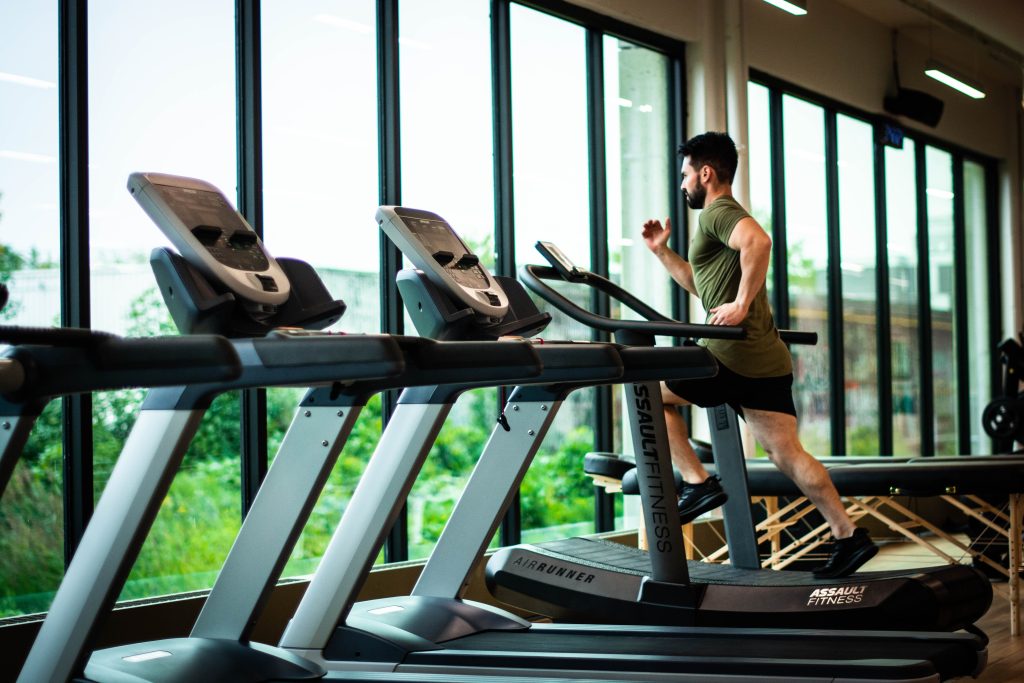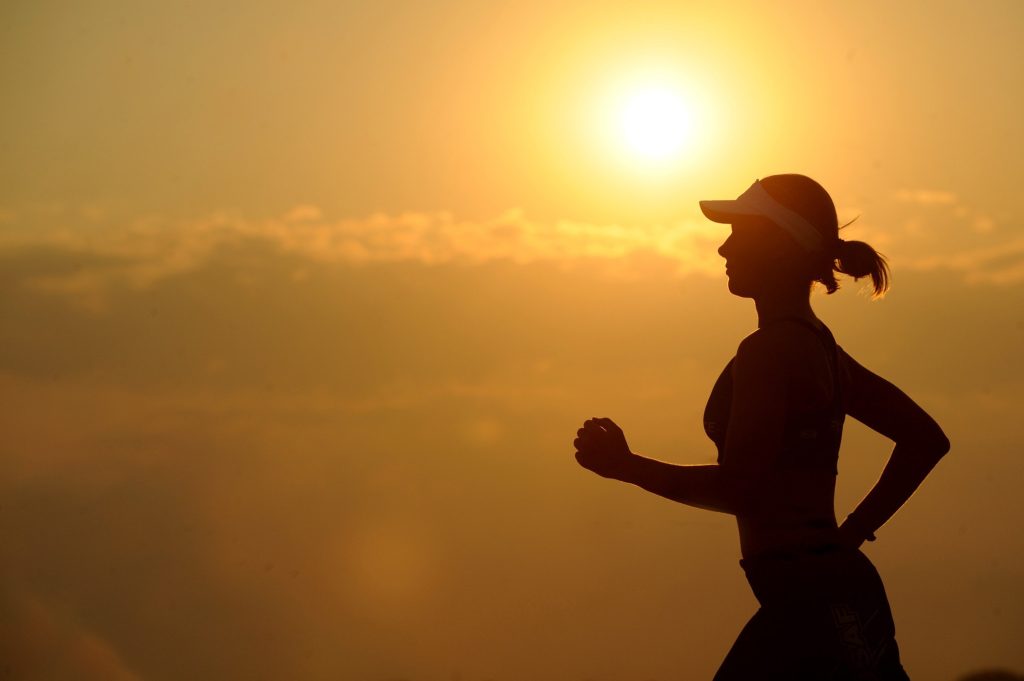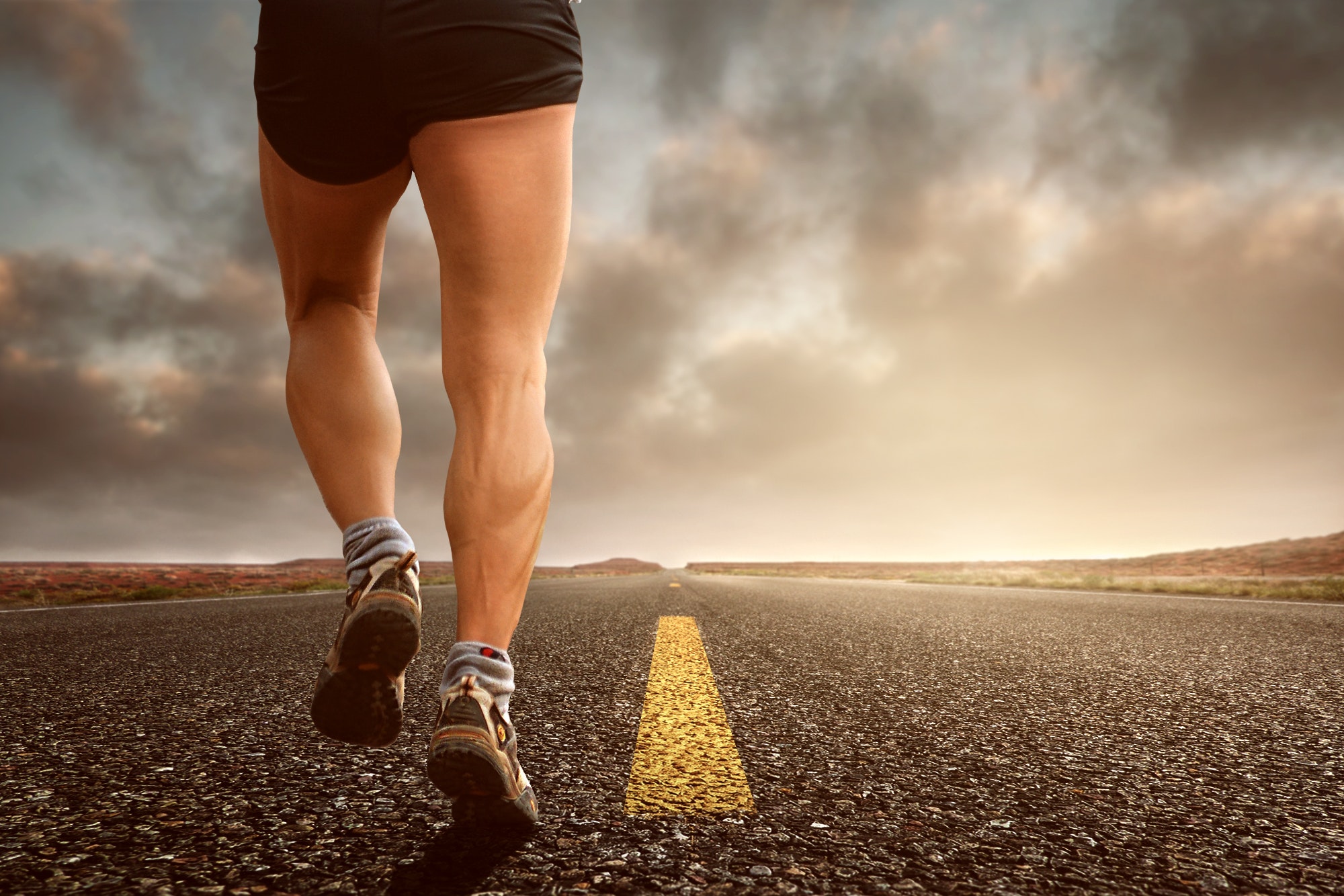There’s no denying that running is a great way to keep fit. It can help you to lose weight, lower cholesterol, increase lung function, boost immunity and relieve stress. Running has become an increasingly popular sport with many people now challenging themselves to organised 5k and 10k events, and a half and full marathons.
However, running does come with risks, and if not done correctly can cause a whole host of injuries to knees, ankles and hips, muscles, tendons and ligaments. Even regular runners with great technique and habits can find themselves faced with occasional aches and pains related to their exercise or training routine.
At W5Physio, we see a whole host of running-related problems in our clinic, so here, we’re going to share with you our top tips for preventing some of the most commonly seen injuries.
THE GOLDEN RULES
There are some golden rules of injury prevention that seem to work for most people, most of the time. There’s no guarantee they’ll prevent you from ever getting hurt, but if you incorporate these principles into your running, you will be more likely to enjoy a long and healthy running life.
- Avoid doing too much, too soon and too fast. This is the number one cause of running injuries. The body needs time to adapt to increases in mileage or speed. Muscles and joints need recovery time so that they can handle greater demands. If you rush that process, you could break down rather than build up.
- Build your weekly mileage by no more than ten per cent per week. So, if you run 5km the first week, run 5.5km the second, about 6km the third week, and so on. Use the ten per cent rule as a guideline, but even that might still be too aggressive an increase, so be sure to work at your own pace.
- Listen to your body. Most running injuries don’t come out of nowhere. Usually there will have been warning signs – soreness, aches and persistent pain.
- Buy good trainers. There’s no single best shoe for every runner – your goal is to find the one that offers the best support and fit for your anatomy and biomechanics. Try visiting a specialist running store – the staff there will watch you walk or run, and help you find the best shoe for you.
- Take some time after each workout to write down notes about what you did and how you felt. For instance, you may notice that your knees ache when you run on consecutive days but you feel great when you rest in between running days. Look for patterns. This will help you identify any weaknesses and the best routine for you.
- Experts agree that most runners can draw benefit from cross-training activities (swimming, cycling, rowing) and core strengthening to help improve muscle balance and stay injury free.
- Respect your limits. They’re determined by genetics, anatomy, biomechanics, age, level of fitness, history of injury, gender, lifestyle and many other factors that are out of your control.
- Increasing your stride rate has been linked to a lower rate of injuries. Ideally, aim to take 170 to 180 steps per minute.

WARMING UP IS KEY
Hitting the road after you’ve just spent eight hours sitting at a desk can be a shock to the system, so it’s smart to do a dynamic warm-up before you launch into a workout. A dynamic warm-up prepares your body for the demands of running by increasing body temperature, improving range of motion and increasing blood flow to the big muscles you’ll rely on most while running – your glutes, quads and hamstrings. Exercises we’d recommend in your warm-up are the following:
- Warrior lunge
This warms up the core muscles and promotes hip mobility and achilles tendon flexibility.
Lift your arms above your head. Step your left foot forward into a lunge, making sure your knee doesn’t extend forward past your foot/toes. Step back to start, bringing arms down. Switch legs. Do eight to ten reps on each leg.
- Lateral squat
Lateral squats will activate the glutes and adductor muscles. Stand with your feet wide apart and shift to the left as you lower down into a squat, bending your left knee. Touch your right hand to your left foot. Return to standing, then switch sides. Do ten reps in each direction.
- Toy soldier
This exercise warms up the glutes, hamstrings, and quads.
Without bending your knee, step forward and kick your right leg out and up to waist level while extending your left arm, as if to touch your toes. Release and swap legs. Do ten reps on each side.
- Star touch
This Improves hamstrings and glute flexibility. Stand with feet wide apart, toes pointing forward. Keeping the legs straight, reach your left hand across the body and try to touch your right toe. Return to the centre. Repeat on the other side. Do eight to ten reps on each side.

Our physios have a wealth of experience in running-related injuries, and many of them are keen runners themselves. Get in touch for advice on developing a safe running routine, or if you’re experiencing any pain or injury that you think may be related to running, be sure to contact us to make an appointment. We look forward to helping you back to fitness as quickly as possible.






